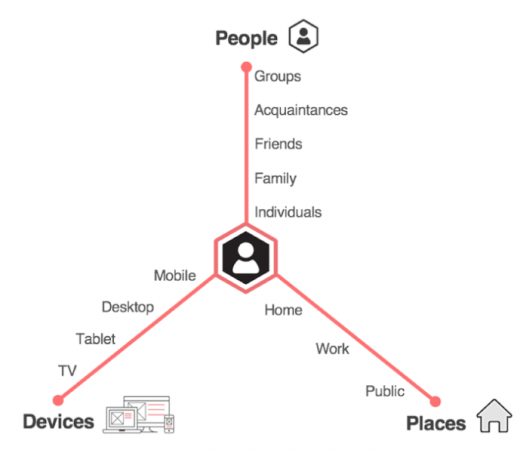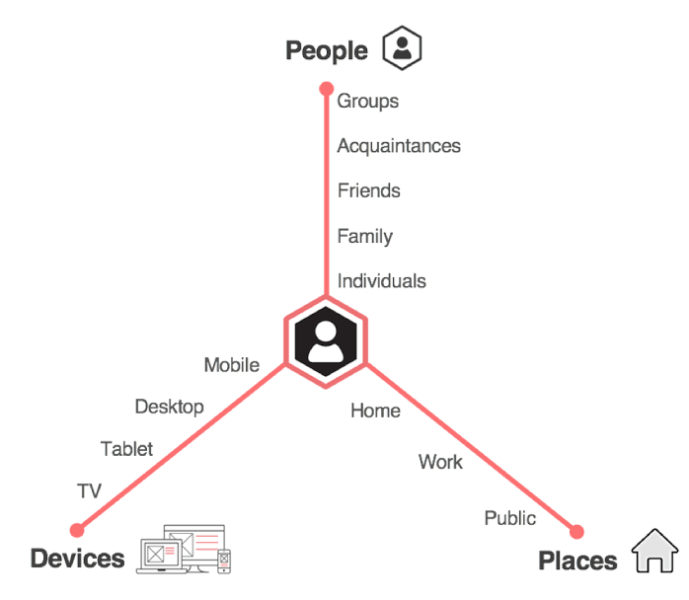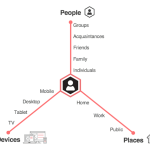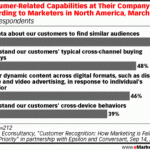Adbrain ups the ante on cross-device identity
By letting its machine learning define its own models, the firm says it is the first to determine such dimensions as which devices are shared.

Since many people use more than one device to communicate with brands, one of the most important data sets for marketers has been the cross-device ID graph.
It determines that this phone, this computer and this tablet are used by the same person, so marketing to that person can be coordinated between the devices.
Adbrain has recently upped the ante on its identity resolution solution, called Identity AI. Now, CEO Gareth Davies told me, his company is “the first identity provider to use machine learning to traverse different dimensions of identity.”
“No one [else] has been able to understand how each individual comes together as a social unit, how my devices relate,” he said.
Previously, he said, Adbrain and its competitors have focused on connecting multiple devices to an individual.
The machine learning employed to do so, he said, was trained with a given algorithm that directed which kinds of data — such as the IP address where the devices lived at night — should be given higher priority in creating a model for assigning ownership.
Now, he said, his company’s enhanced Identity AI is — basically — setting its machine learning loose.
Instead of supervised learning that guides the model creation, Adbrain is now asking the platform to find patterns in 800 million licensed and deterministic “pairs,” and then build its own thousands of models for determining identity/device relationships.
Deterministic pairs are two devices that can be definitively identified as belonging to the same person, because that person has used the same login to a given web site or other property from each of those devices.
Davies noted that, with this “unsupervised learning,” the machine learning might focus on “bizarre data” for some situations, such as common pixel resolution, or the fact that several devices have moved from San Francisco to New York at the same time, or browsing patterns.
As a result, he said, Adbrain can now offer additional dimensions of people, devices and places for multiple device identification. Here’s Adbrain’s graph of these additional dimensions:
For instance, the newest Identity AI can now determine which tablets are shared in a household, if the sharers are friends or colleagues, whether the customary devices — phone, computer, tablet — are in the same household as a connected TV, which groups of acquaintances have at least one member who has visited a location like an auto dealership, and other relationships.
Davies said these other dimensions add layers of detail to the increasingly popular people-based marketing, with an accuracy of at least 95 percent for average volumes of users. The results can be sent as a file to tools like DSPs for ad targeting.
“Identity isn’t always a fixed attribute,” he noted, but a shifting pattern of relationships.
Marketing Land – Internet Marketing News, Strategies & Tips
(59)











